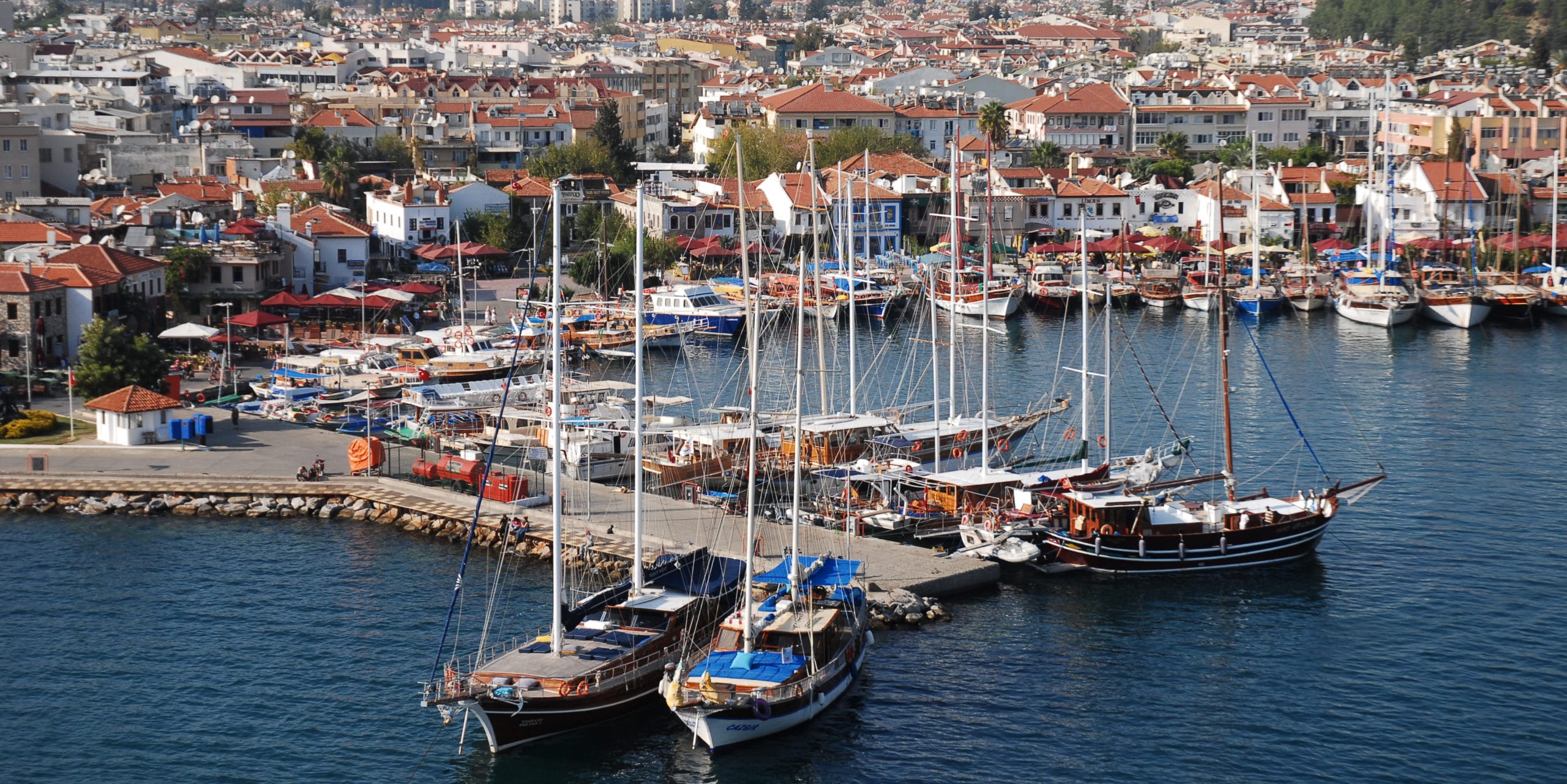The Mediterranean Sea and the Aegean Sea, two iconic bodies of water, have shaped the history, culture, and lifestyles of the civilizations that thrived on their shores. With their shimmering blue waters, picturesque coastlines, and timeless charm, these seas continue to captivate travelers and adventurers alike.
Spanning three continents—Europe, Asia, and Africa—the Mediterranean Sea has been a cradle of civilization. From the ancient Egyptians and Greeks to the Romans and Ottomans, countless empires flourished along its coasts, leaving behind a legacy of art, architecture, and traditions.
Discover ancient wonders like the Colosseum in Rome, the Pyramids of Giza, and the ruins of Carthage.
Diverse Cultures: Experience a fusion of languages, cuisines, and customs in countries like Italy, Spain, Turkey, and Morocco.
Breathtaking Beaches: From the French Riviera’s glamour to Malta’s hidden coves, the Mediterranean offers sun-drenched shores for every traveler.
Santorini, Greece: Famous for its whitewashed buildings and caldera views.
Amalfi Coast, Italy: A stunning stretch of colorful villages perched on cliffs.
Antalya, Turkey: Known as the “Turkish Riviera” blending beaches with ancient ruins.
Nestled between Greece and Turkey, the Aegean Sea is a treasure trove of myth, history, and natural beauty. Known as the setting for many Greek myths, its islands and coastlines are dotted with ancient ruins, charming villages, and sparkling waters.
Island Hopping: Explore Greece’s Cyclades and Dodecanese or Turkey’s secluded bays and islands.
Mythical Legacy: Walk in the footsteps of gods and heroes at places like Delos and Troy.
Pristine Waters: The Aegean’s clear, calm seas are perfect for swimming, sailing, and diving.
Mykonos, Greece: Renowned for its vibrant nightlife and windmills.
Bodrum, Turkey: A chic resort town with a castle and luxurious marinas.
Patmos, Greece: The site of the Cave of the Apocalypse, steeped in religious significance.
Size
Larger, encompassing 22 countries
Smaller, situated between Greece and Turkey
Cultural Diversity
Wide-ranging, from Southern Europe to North Africa
Predominantly Greek and Turkish influences
Popular Activities
Beach vacations, luxury cruises, history tours
Island hopping, sailing, diving
Why Visit Both?
The Mediterranean and Aegean Seas complement each other beautifully. The Mediterranean’s grandeur and cultural diversity contrast with the Aegean’s intimate, myth-laden charm. Together, they offer a holistic journey through the heart of Western and Eastern civilizations.
Spring (April–June) and Fall (September–October) are ideal for both seas, offering pleasant weather and fewer crowds.
Summers are lively, with perfect conditions for swimming and vibrant local festivals.
The Mediterranean and Aegean Seas are more than just destinations; they are experiences that resonate with the soul. Whether you’re exploring the bustling ports of the Mediterranean or the tranquil islands of the Aegean, you’ll be immersed in stories, flavors, and sights that transcend time.
Set sail, dive deep, and let the waves guide you to unforgettable memories along these storied shores.
